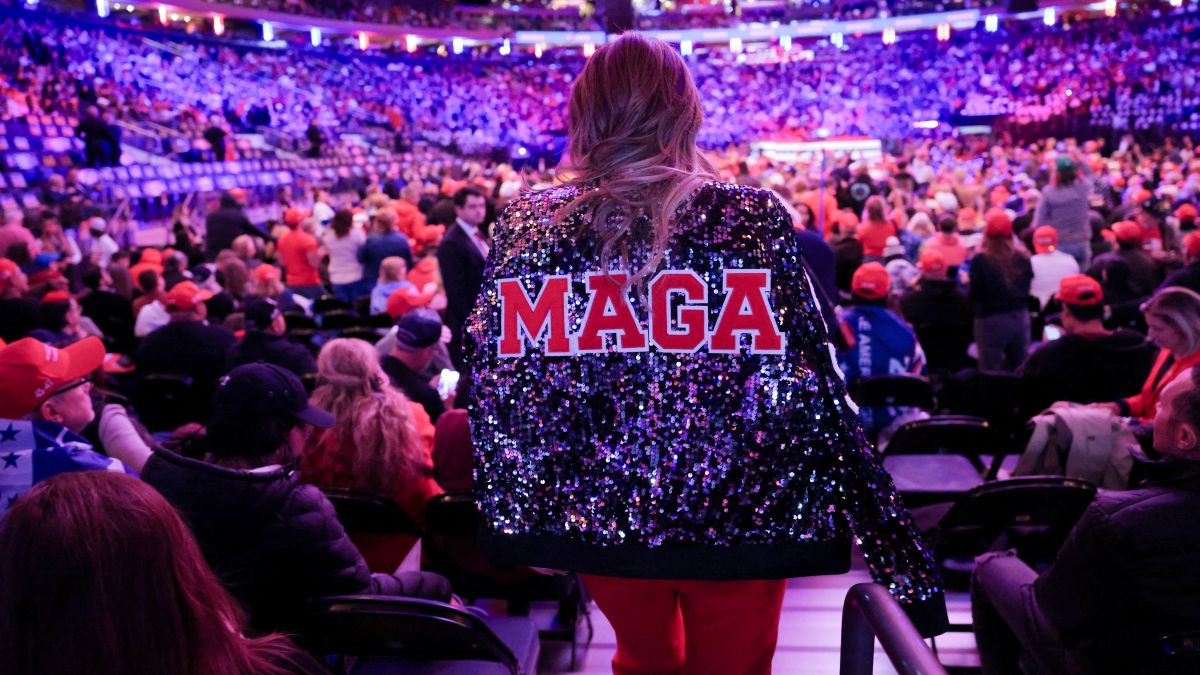With the election of Donald Trump as the 47th President of the United States, China is one of the most concerned countries in the world. The stakes are high between the two largest economies of the world, besides the deteriorating bilateral relations that began during Trump’s first term.
The news of Trump’s election, avidly watched and commented on in China’s social networking sites, resulted in slight fluctuations in China’s currency and stocks, but the country is already preparing for the transition with the nation’s parliament discussing a stimulus package to resurrect an ailing economy that has been down since the pandemic. President Xi Jinping also sent a congratulatory message immediately after the results came in, with a caveat to “follow right path”, unlike for Biden last time when China delayed its message till late January 2021.
While in the short term, both are expected to conduct bilateral relations relatively smoothly, it is in the medium to long term that both are concerned. The crux of the matter is that leaders of these two countries have initiated disruptive policies that have long-term consequences for Asia and beyond.
Xi took over in 2012 and began with the slogan, “Core interests are more important than developmental interests”. This led to severe consequences for Taiwan, the South China Sea, the Senkaku Islands, and India-China borders. Xi’s May 2014 slogan of “Asian security by Asia” was intended to remove the US from Asia. Xi’s 19th Communist Party Congress resolution in 2017 to occupy “the centre stage” unleashed unprecedented pressures not only on the neighbours but also on the US and its allies.
China’s disruptions are matched by Trump’s policies on multilateralism, climate change, trade, and security issues in his first term that are likely to influence Trump 2.0. At the bilateral level, this is expected to impact a number of issues, including the security of Taiwan, trade and investments, de-dollarisation, climate change, hi-tech transfers, and others, even though the US increasingly came under the dependence of China on counter-terrorism, North Korea, fentanyl drugs, and others.
Impact Shorts
More ShortsChina wishes to replicate its deal with Trump on Huawei and ZTE of 2019 and overcome the semi-conductor ban imposed by the Biden Administration. However, Trump realised that the $250 billion of trade deals that China promised during his trip to Beijing in November 2017 hardly materialised. The US subsequently followed “small yard, high fence” policies of restricting sensitive technology flows to China, in addition to terming China as a “pacing challenger”.
One of the major problems facing China is that Trump’s unpredictability is a key disruptive phenomenon given China’s focus on stability and its traditional allergy towards tianluan (chaos under heaven).
At a more structural level, Trump’s Project 2025 conflicts with Made in China 2025. The American conservative Project 2025 is intended not only to make America great again (MAGA) but also to intensify the decoupling process underway between the US and China. Successive American leadership since Clinton helped China’s rise in economy, technology, and even in regional security architecture. Obama even suggested a G-2 condominium with China to rule the rest of the world. Trump 2.0 is likely to disrupt this trend given China’s coercive policies.
On the other hand, China has begun “Made in China 2025” since 2015 with a focus on Fourth Industrial Revolution products like automation, nanotechnology, 5G telecom, electric vehicles, Artifical Intelligence, and others. The US slipping away from leadership position in some of these areas, is troubling Trump and his followers. In the election campaign, it is no wonder Trump stated that he will impose 60 per cent tariffs on all Chinese imports. Trump is aware that his July 6, 2018 tariffs on Chinese products were retaliated stiffly by China and that the January 2020 trade deal was not honoured by China.
A pragmatic China may still make a fresh deal with Trump 2.0 by going back to Deng Xiaoping’s dictum of “hide your strength, bide for time”. In fact, Xi made amends to Biden at last year’s Filoli meeting in San Francisco on global leadership and Taiwan issues. However, Trump is unlikely to budge this time around given the sharpening of challenges domestically and externally. On the other hand, any decline in US power in Trump 2.0 will be utilised extensively by China to prop itself up in the global and regional orders, as it did during previous American presidencies.
Trump 2.0 is thus more a challenge but also, in a limited way, an opportunity for China. China’s recent disruptions are likely to be systematically opposed by the US in Trump 2.0. While Trump’s seemingly “isolationist” foreign policies provide some space for China to fill in Asia and beyond, it is unlikely to be a breather for Beijing given the structural intent behind MAGA.
With these two emerging disruptions in the US and China, the impact on the rest of the world is going to be phenomenal and at times destructive. For its part, India needs to brace for the emerging challenges, avoid getting into the crossfire, and follow a Buddhist “middle-path” approach while focusing on economic growth.
The author is Dean of School of International Studies at Jawaharlal Nehru University. Views expressed in the above piece are personal and solely those of the author. They do not necessarily reflect Firstpost’s views.


)

)
)
)
)
)
)
)
)



